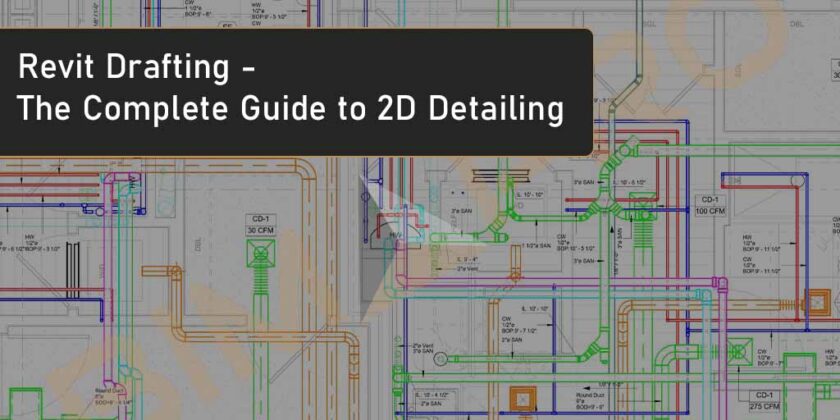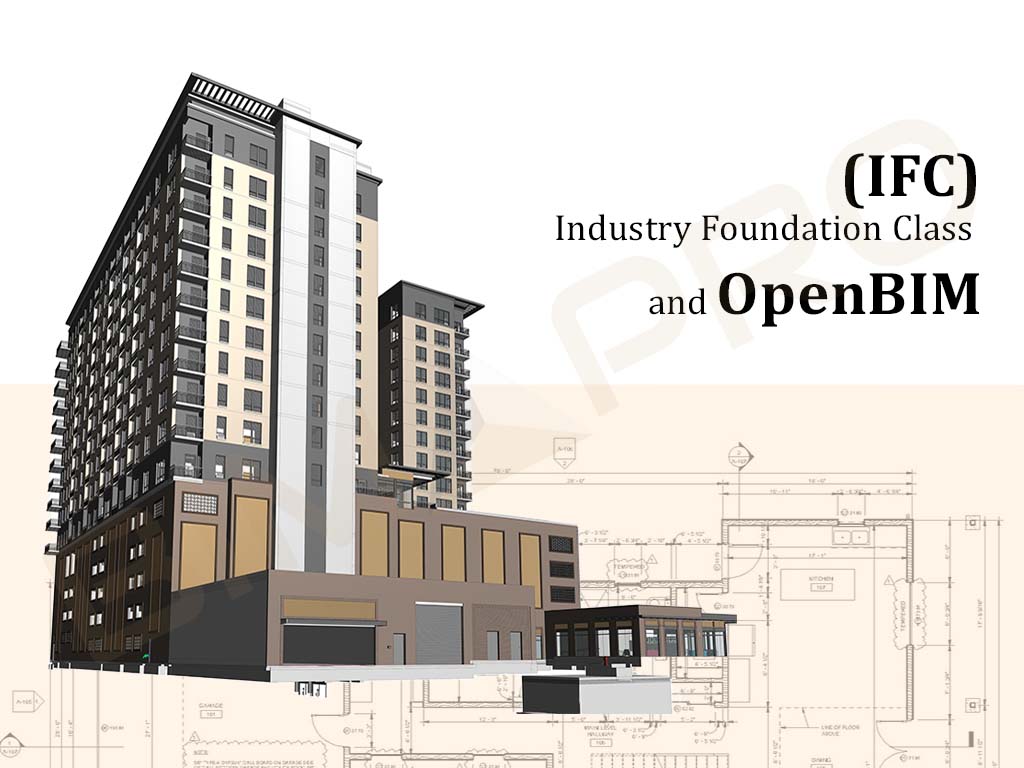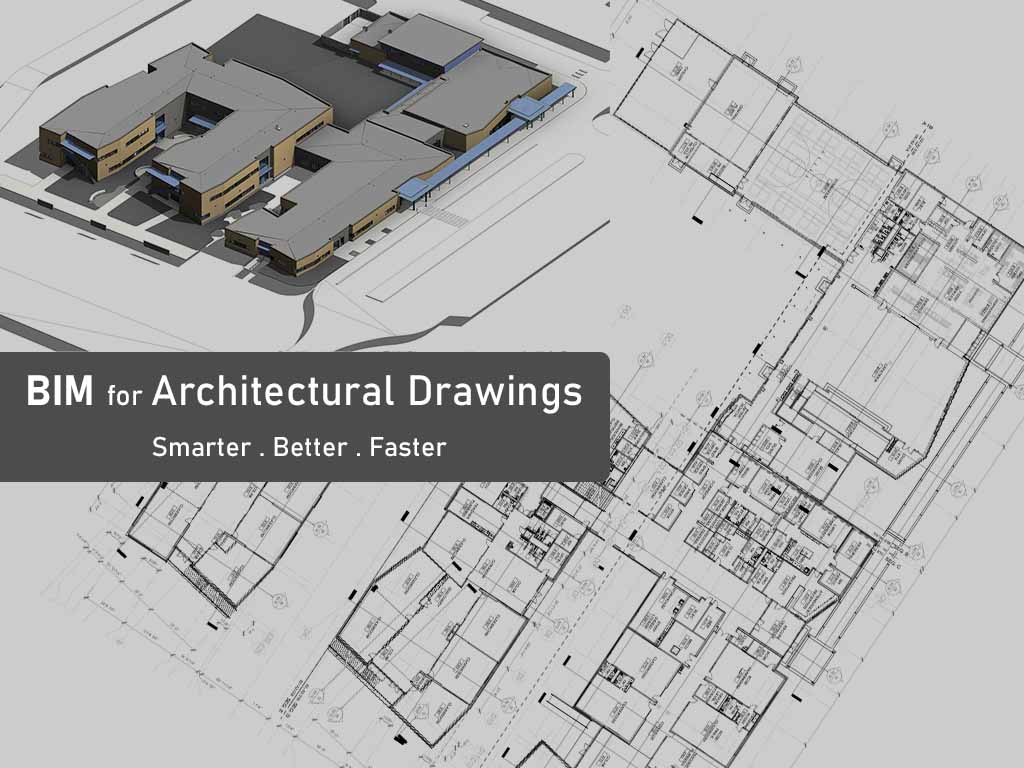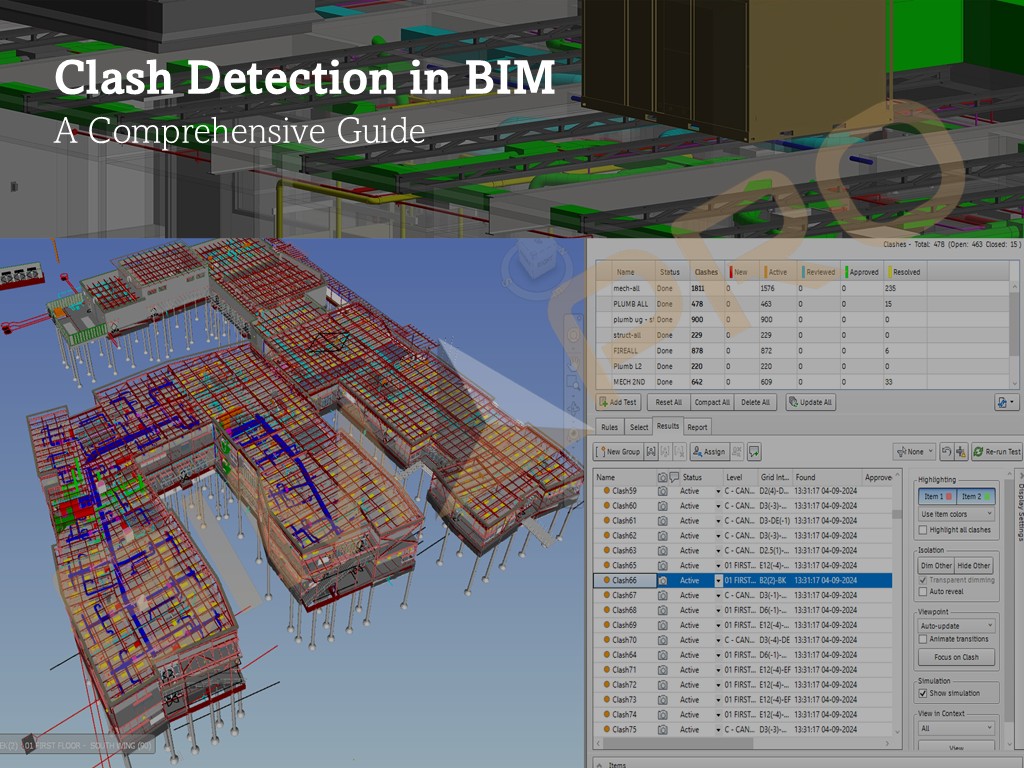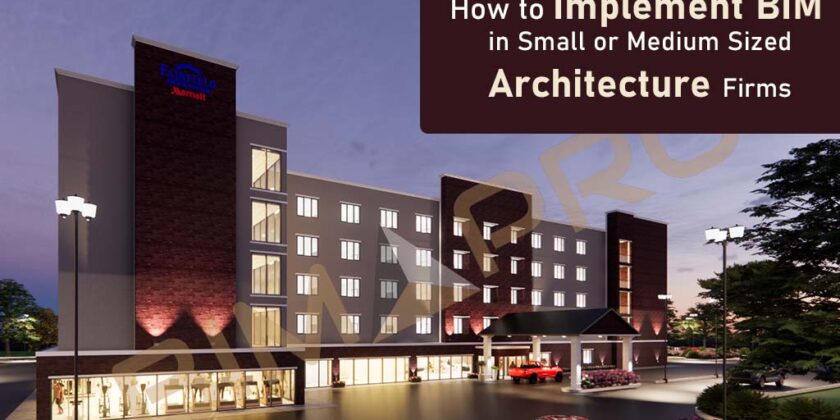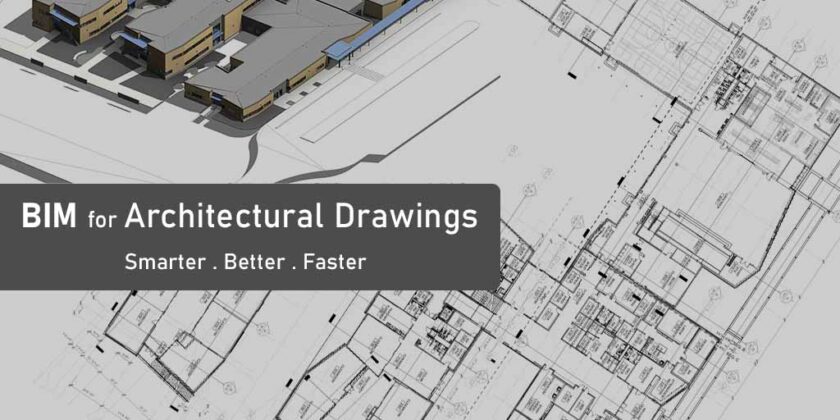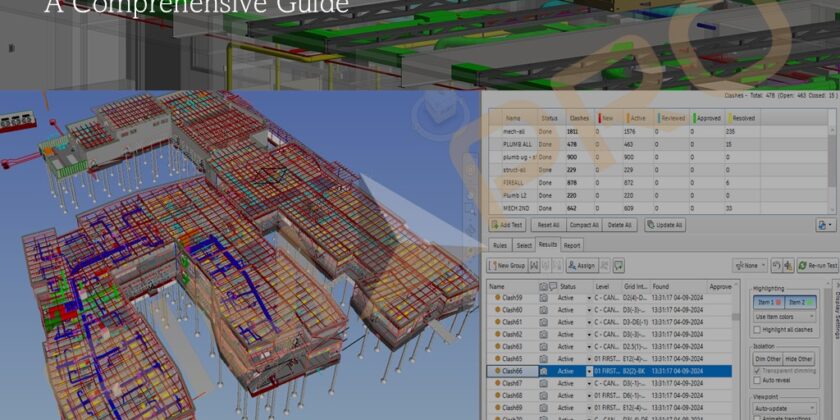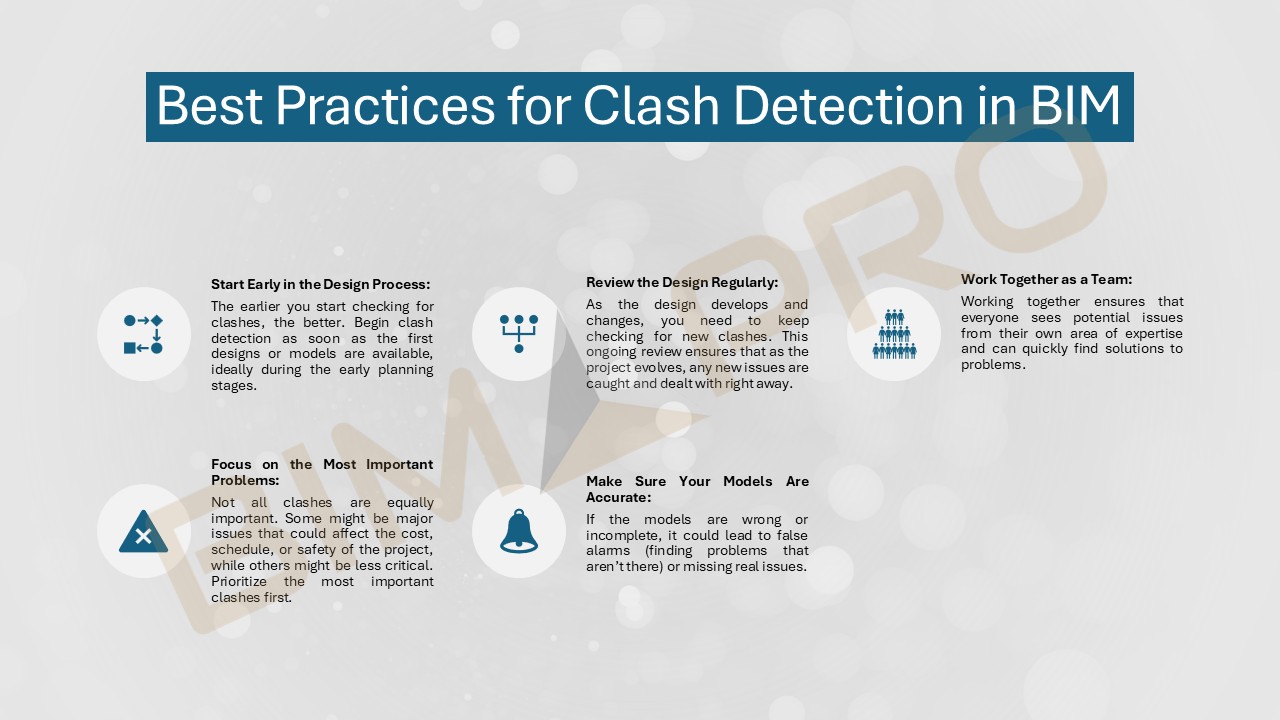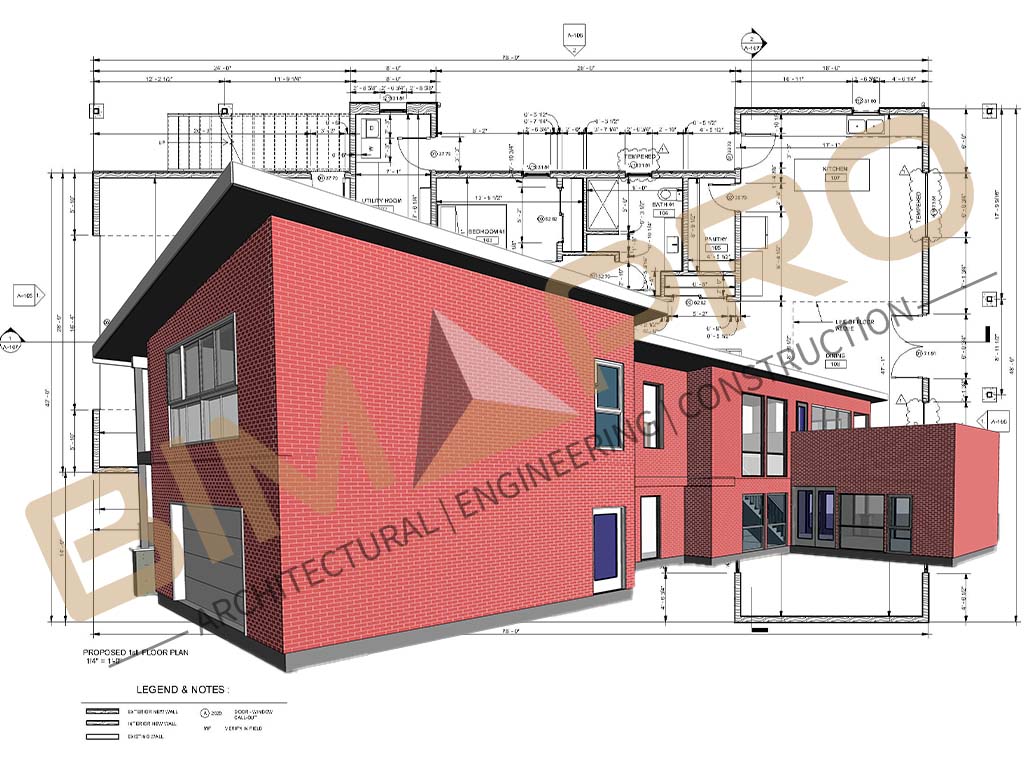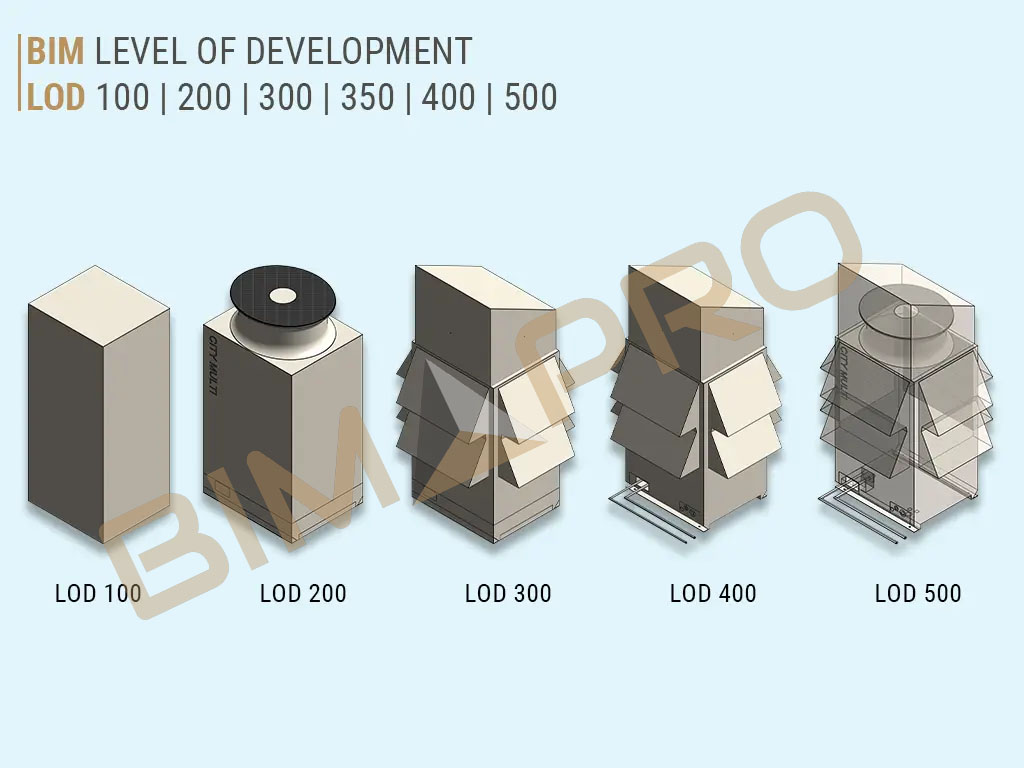Revit Drafting: The Complete Guide to 2D Detailing in a BIM World

When we think of Revit, the first thing that usually comes to mind is 3D modeling — smart walls, floors, roofs, and intelligent building components. But behind every beautiful model lies a foundation of 2D drawings and details that bring the design to life on-site. That’s where Revit Drafting comes in — a critical but often overlooked aspect of BIM.
In this guide, we’ll explore everything you need to know about Revit drafting — from the basics to best practices — and how it fits into your workflow whether you’re an architect, designer, or construction professional.
What is Revit Drafting?
So, you’ve probably heard that Revit is used to create 3D models of buildings. You can model everything — walls, floors, roofs, windows — pretty much the whole structure. It’s like building a virtual version of your project on the computer.
But here’s the thing: even after the 3D model is done, you still need to explain how to actually build it in real life. You can’t just send a contractor a 3D file and say, “Here you go, build this.” That’s not how it works. Builders need proper construction drawings — like floor plans, sections, and detailed views that clearly show how different parts come together.
This is where Revit Drafting Services comes into play.
Think of it like the old-school hand-drawing architects used to do, but now it’s done digitally inside Revit. You use drafting tools in Revit to create neat and accurate 2D drawings — especially the little details, like how a window fits into a wall or how a roof edge is waterproofed. It’s quick, smart, and much cleaner than drawing by hand. And it helps make sure everyone on site knows exactly what to do.
Two Ways You Can Do Drafting in Revit
When you’re working in Revit, there are two main ways to do drafting, and each one has its own purpose depending on what you’re trying to show.
- Drafting That’s Connected to Your Model
This first type of drafting comes straight from your 3D model. As you build your model — walls, doors, floors, roofs — Revit automatically creates views like floor plans, sections, and elevations based on what you’ve modeled.
For example, if you draw a wall in 3D, Revit will automatically show that wall in the floor plan. And here’s the cool part: if you change something — like make the wall taller or switch its material — Revit updates all the related views automatically. No need to redraw anything.
These views are smart and stay in sync with your model. So, when the model changes, your drawings change too. It saves a lot of time and keeps things accurate. These are called “live views“, and they’re great for showing real-time progress and construction info directly tied to your design.
- Drafting Views (Like Sketching from Scratch)
The second way is called a drafting view, and it’s more like sketching on a blank sheet of paper. These views aren’t connected to the model. They’re just clean, empty 2D spaces where you can draw details from scratch.
Let’s say you need to show a typical wall section that you use on every project, or a flashing detail around a window — something you already know and don’t need to model every time. In that case, you just open a drafting view and start drawing using lines, hatch patterns, text notes, and detail components.
It’s like you’re freehand drawing a familiar detail — but doing it digitally, in a way you can reuse again and again across different projects.
Tools You’ll Use for Drafting in Revit
When it comes to drafting in Revit, there are some really handy tools that make your work easier and your drawings look clean and professional. Let’s go through them one by one :
- Detail Lines – These are your go-to lines for drawing things manually. You can use them to sketch edges, outlines, shapes — basically anything you want to show in 2D that isn’t coming directly from the model. It’s kind of like using a pencil to draw something on paper, but now it’s all digital.
- Filled Regions – Imagine you’re shading in part of your drawing to show different materials — like concrete, insulation, or soil. That’s what filled regions are for. You can apply different hatch patterns to areas, making your details easy to understand at a glance. It’s like coloring inside the lines with patterns instead of colors.
- Detail Components – These are ready-made 2D parts that you can just drop into your drafting views. Think of things like steel bolts, wall ties, anchors, or insulation batts. Instead of drawing each tiny piece from scratch every time, you just pick one from the library and place it in your view. Saves time and keeps things looking neat and consistent.
- Text Notes & Leaders – Need to explain something on your drawing? You’ll use text notes. Add simple labels like “Install flashing here” or “Provide waterproofing.” You can also attach leaders — those little arrows or lines that point from your note to the exact spot you’re talking about. It makes your details clear and easy to follow.
- Dimensions – To show how far things are from one another, you’ll use dimensions. The best part? They’re smart — if you move something, the dimension updates automatically. No more re-checking measurements or redrawing when things shift.
- Keynotes – These are like smart labels. Instead of typing out full notes every time, you can use keynotes to tag elements with pre-written descriptions — like “Wall Type B” or “Steel Beam W10x30.” It helps keep your notes short, standardized, and consistent across the whole drawing set.
Why Use Revit for Drafting?
You might be wondering, “Why not just use AutoCAD or even hand-draw the details on paper?” Well, here’s why Revit is such a game-changer when it comes to drafting:
- Everything Updates Automatically
One of the coolest things about Revit is that everything is connected. So, if you make a change to the 3D model — like adjusting the thickness of a wall — all the related views update automatically. For example, if you’ve already created a wall section and later decide to change the wall thickness in your model, Revit does the work for you and updates the section view accordingly. No need to manually redraw everything, which saves a ton of time.
- Revit Is Smart
Revit isn’t just a dumb drawing tool. It’s smart! Tags and dimensions in Revit pull live data directly from the model. This means that the information you add to your drawings — like wall types, material details, or dimensions — always stay accurate. Plus, it reduces the need for constant typing, and you’ll have fewer chances of making mistakes.
- It Saves You Time
Drafting in Revit is a lot faster than drawing everything from scratch. Once you create a standard detail or view, you can reuse it in multiple projects. That means you don’t have to redraw the same wall section or door detail over and over again. Revit lets you save those details as templates or reusable views, making your workflow much more efficient.
- It Keeps Your Drawings Consistent
Revit helps you keep your entire set of drawings consistent. Whether it’s line weights, text styles, or hatch patterns, everything can follow a set of rules called view templates. This ensures that your drawings look professional and polished every time, without worrying about inconsistencies that can happen when you’re working in other software or by hand.
Are you seeking professional assitance on Revit drafting Services?
Reach out to BIMPRO experts team at info@bimprous.com or Contact us!
Real-Life Example
Imagine you’re designing a small office building. You’ve already modeled the entire building in 3D — walls, doors, roofs, windows, all the major elements. It’s looking great, but then the contractor asks, “Can you show me exactly how the roof overhang connects to the brick wall below?”
Now, instead of scrambling to figure out how to show this detail, you simply go into Revit. You take the elevation view of the building and create a callout, which zooms in on that specific area where the roof meets the wall. Then, you get to work detailing it. You add detail lines to show the exact connection, use filled regions to represent materials like insulation or flashing, and maybe drop in some detail components like the flashing or bolts from Revit’s library.
To make sure everything is clear, you add some text notes with arrows to point out important parts of the connection. Finally, you throw in a few dimensions to show the exact measurements — how far the overhang extends or how thick the wall is.
And just like that, Revit drafting lets you create a precise, professional detail in no time. You’ve gone from a general 3D model to a clear, specific construction drawing without having to redraw anything from scratch. That’s the magic of drafting in Revit — it makes your work quicker, smarter, and more accurate.
Best Tips for Revit Drafting
If you’re working with Revit, there are some tried-and-true tips that can make your drafting process much smoother and more efficient. These are a few little tricks I’ve picked up along the way that really help keep things organized and stress-free.
First off, name your views clearly. It’s such a simple thing but it makes a huge difference. Instead of using default names like “Drafting View 1,” try something more descriptive like “Wall Detail – Typical 2×6 Framing.” This way, when you’re looking through a bunch of views, you’ll know exactly what you’re working with without having to open each one.
Another big time-saver is using view templates. View templates keep all your settings consistent and make sure your drawings look neat and professional. When you apply a template to a view, it automatically adjusts things like line weights, visibility settings, and detail levels. This eliminates the need to manually adjust these settings every time, helping you stay organized and efficient.
Building a detail library is another smart move. If you create a set of standard drafting views for your projects—like common wall sections or typical door details—you can save them in a library for easy access on future jobs. This not only saves time, but it also helps ensure that you’re always working with the same high-quality details, giving your projects a consistent look.
One tip that many people overlook is to not over-model tiny things. For example, you really don’t need to model every little screw or fastener in your project. Sure, it might be tempting to get every detail perfect, but that can slow you down. Instead, draw those small elements in a drafting view or 2D detail. This keeps your model clean and light, while still providing all the necessary information.
Lastly, use real manufacturer details as references whenever you can. Many manufacturers offer detailed drawings for their products, and these can be super helpful for your Revit models. But don’t just drop them in as-is. Take the time to simplify those details to match the level of detail you need for your drawings. This keeps your model easy to navigate and ensures that your drawings aren’t too cluttered.
Revit Drafting for Different AEC Professionals
Revit drafting is used by a wide range of professionals in the building industry, from architects to contractors to engineers. By keeping everything connected in one model, Revit makes the design and construction process smoother, more efficient, and less likely to have errors. Whether you’re designing a building, installing systems, or managing construction, Revit helps everyone stay on the same page and get the job done right.
1. Revit Drafting for Architects
Architects use Revit to create detailed construction documents from the 3D model of the building. These drawings include important details like floor plans, elevations, and sections that show how everything fits together in the building. They can also create detailed views of specific areas, like how a wall meets a roof or a window detail. This way, they can clearly communicate their design to everyone involved in the construction process.
2. Revit Drafting for MEP Engineers (Mechanical, Electrical, Plumbing)
For MEP engineers, Revit is essential in drafting precise drawings for HVAC systems, electrical layouts, and plumbing installations. They can create clear layouts for all these systems within the building, making sure everything fits in the right place and meets building codes. The best part? Revit links these drawings to the 3D model, so if any changes are made in the design, the drawings update automatically.
3. Revit Drafting for Structural Engineers
Structural engineers use Revit to draft detailed plans for the foundation, beams, columns, and other parts of the building’s structure. These detailed views show how different structural elements connect and work together to support the building. With Revit, they can be sure that everything is coordinated with the architect’s and MEP engineer’s designs, making sure the building is safe and stable.
4. Revit Drafting for Civil Engineers
Civil engineers use Revit to draft designs for site work, such as grading, drainage, and site utilities. They create layouts that show how the building’s infrastructure connects to the surrounding environment. Revit helps them visualize how water flows around the building, how utilities are laid out, and how the land is shaped to support the structure.
5. Revit Drafting for Contractors
Contractors rely on Revit drafting to interpret the construction documents, construction drawings and build the project. These detailed drawings give them a clear picture of what needs to be built and how everything fits together. Revit’s live connection to the model means that if any changes are made, the contractor always has the most up-to-date information. This helps avoid mistakes and keeps the project running smoothly.
6. Revit Drafting for Subcontractors
Subcontractors, such as electricians, plumbers, and mechanical workers, also rely on Revit drafting for their part of the work. With clear, accurate drawings, they can easily see where to install electrical outlets, pipes, or ventilation systems. Revit ensures that their work aligns with the rest of the building’s design, reducing confusion and mistakes on the job site.
7. Revit Drafting for Interior Designers
Interior designers also benefit from Revit drafting. They use it to create detailed layouts for the interior spaces of a building, such as where furniture goes or how walls are finished. Revit helps them coordinate with the architects to make sure their designs fit perfectly with the overall building structure and layout.
8. Revit Drafting for Landscape Architects
Landscape architects use Revit to draft plans for outdoor spaces, such as gardens, pathways, and other landscaping elements. They can also work with civil engineers to make sure the site’s drainage and grading are correct, ensuring the landscaping fits seamlessly into the environment around the building.
9. Revit Drafting for Owners and Project Managers
While owners and project managers may not use Revit directly, they still rely on the accurate, detailed drawings it produces. These drawings help them track the progress of the project, manage budgets, and ensure that everything is being built according to the plans.
BIMPRO is a Professional BIM Services Company in USA offering Revit Drafting Services to AEC professional across the Nation.
Conclusion
Revit isn’t just about creating 3D models; it’s also your digital drawing board, where all your design ideas come to life. It combines the best of both worlds, offering a seamless experience that makes your workflow smoother and more efficient. When you use Revit for drafting, you can pull live views directly from your 3D model. These views update automatically as you make changes, so everything stays in sync without any extra effort. You don’t have to worry about manually adjusting every single drawing every time you tweak something—it happens for you.
At the same time, Revit also allows you to create clean 2D sketches that clearly show how things will be built. These drawings are more than just basic sketches—they convey important construction details and provide a clear roadmap for everyone involved in the project. Whether it’s a wall section, a detail, or a floor plan, you can trust that your 2D views will be just as accurate and helpful as the 3D model itself.
Once you get the hang of using both the 3D and 2D features together, you’ll find yourself wondering how you ever worked without Revit. It really does make the process easier and faster, giving you more time to focus on the design itself. So, don’t overlook the 2D side of Revit. Embrace it fully. It’s the secret ingredient that ties everything together, making your project well-documented, easier for builders to follow, and much more complete overall.

